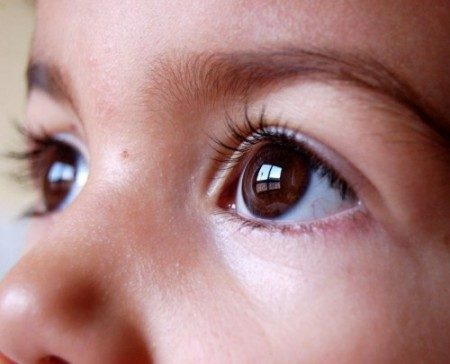Relationship Between Human Resources and Organizations
Administration / / July 04, 2021
When speaking of Human Resources Administration, the administration of the people who participate in organizations, in which they play certain roles, is taken as a reference. The production of goods and services cannot be carried out by people who work in isolation, because due to their individual limitations, they have to cooperate with each other and must form organizations, from which people spend most of their time living or working in they.
An organization is a consciously coordinated system of activities, made up of two or more people (Without people there are no organizations), whose reciprocal cooperation is essential for the existence of that. An organization only exists when: there are people capable of communicating who are willing to act together and achieve a common goal.
There is a wide variety of organizations where whatever their goals are, they influence people, who become increasingly dependent on organizational activity, people work, recreate, study, buy, satisfy their needs, etc. in them. As organizations grow and multiply, the resources required for them to survive and grow become more complex.
The context in which Human Resources Administration is applied is represented by the organizations and the people who participate in them. Organizations are made up of people, on whom they depend to achieve their objectives and fulfill their missions and, in turn, organizations are a means for organizations to people achieve their individual goals in the shortest time possible, with the least effort and minimal conflict, many of which would never be achieved with personal effort isolated. Organizations arise to take advantage of the synergy of the efforts of various individuals working together. People plan, organize, direct and control companies so that they function and operate, their success and continuity depend on them.
ARH is a specialty that arose from the growth and complexity of organizational tasks whose purpose is to function as a mediator between people and organizations to moderate or reduce the business conflict between organizational and individual objectives, considered until their emergence as incompatible and irreconcilable.
Currently, there is a certain tendency in successful organizations not to manage people or human resources, but to manage with people, who are seen as agents. active and proactive, endowed not only with manual and physical skills, but also with intelligence, creativity, aspirations, values, intellectual abilities and individual goals. People are a factor of competitiveness, as are the market and technology.
Three fundamental aspects stand out in this new concept:
People as deeply different human beings, endowed with their own personality, with a particular and differentiated history, possessors of skill and knowledge, skills and abilities essential to adequately manage organizational resources.
People not as mere organizational resources, but as drivers of the organization, capable of endowing it with the intelligence, talent and learning essential to stimulate constant renewal and competitiveness in a world full of change and challenges.
· People as partners of the organization, capable of leading it to excellence and success, in this context people invest effort, dedication, responsibility, commitment, etc., to obtain certain profits (salaries, incentives, growth) that provide the reciprocity of the interaction between people and organizations.
The relationship between people and the organization is complex and dynamic; it is not always cooperative or satisfactory; many times it is tense and conflictive, when the achievement of the objective of one of the parties prevents or prevents the other from achieving theirs. Organizational goals are almost always in opposition to people's individual goals, leading to conflict and antagonism of interest.
The psychological interaction between employee and organization is a reciprocity process: organizations offer incentives (salaries, awards, social benefits, progress, stability, praise, etc.) and, in turn, people's contributions (work, effort, dedication, punctuality, loyalty). Each party makes investments while waiting for the other party to provide the desired returns, providing the organizational balance. where each worker will continue to participate in the organization if the incentives offered are equal to or greater than the contributions they are given they demand. These contributions constitute the source from which the organization is supplied and fed to obtain the incentives; the organization will continue to exist only if contributions are sufficient to provide incentives in sufficient quantity to encourage workers to make contributions.
Fundamentally, there is a problem of communication and negotiation, each party must clearly communicate to the other what it intends and what it can invest and how much it intends to obtain in return.
It is essential to approach organizations, groups and people as classes of open systems in continuous interaction with the environment that surrounds them and from this systematic perspective, the interaction acquires a broader dimension and dynamic; In this context, the ARH is broken down into three levels of analysis:
Ø Level of social behavior (society as a macrosystem): It allows visualizing the complex society of organizations and the interaction between them.
Ø Level of organizational behavior (the organization as a system): Visualize the organization as a whole that interacts with the environment within which its components also interact with each other and with the parts of the environment.
Ø Individual behavior level (the individual as a microsystem): It allows synthesizing various concepts about behavior, motivation, learning, etc. and better understand human nature.
Chiavenato Idalberto, Human resources management, Mc Graw Hill, Colombia, 2000.



